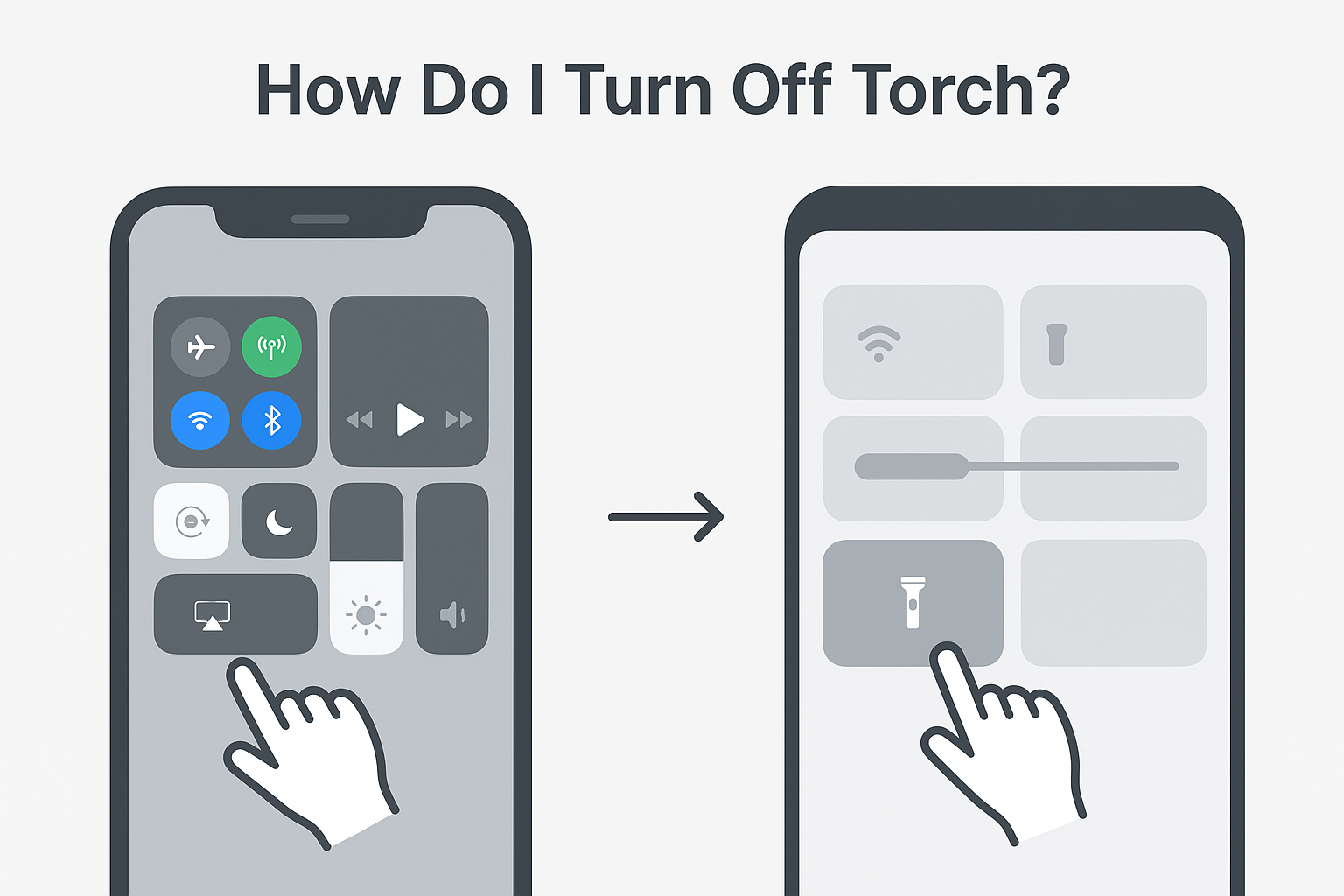In 2025, one glitch can tank your reputation faster than a TikTok cancellation. Whether it’s a system meltdown, data breach, or full-on cyber assault, IT crisis management isn’t just a department’s job — it’s a brand’s survival strategy. Because let’s face it: the internet doesn’t wait, and silence looks guilty.
So how do smart companies respond when their tech turns on them? Let’s dive into what IT crisis management really is, why it’s more important than ever, and what we can learn from three real-world meltdowns.
What is IT crisis management?
IT crisis management is the strategy behind preparing for, responding to, and recovering from major tech disruptions. That includes cyberattacks, server crashes, or data leaks. The goal? Minimize downtime, protect your brand, and bounce back fast — without losing trust, customers, or control.
Why It Matters More Than Ever in 2025
- AI systems can spiral without human guardrails
- Cybercrime is now automated — and relentless
- Consumers expect real-time updates and total transparency
- Regulators demand fast, full disclosure or the fines hit hard
This isn’t about having a plan B. It’s about having a live, testable blueprint that kicks in before chaos hits.
When It All Goes Wrong: 3 Real-World IT Crises
1. United Airlines – The Great Grounding
The Crisis: On August 6, 2025, United Airlines grounded all U.S. flights due to a sudden crash in its Unimatic data system — the nerve center of its operations. The result? Over 1,000 delays, hundreds of cancellations, and chaos at every major airport.
The Response: United worked quickly to restore the system, issued live updates via social channels, and offered rebooking support to stranded passengers. While no cyberattack was involved, the crash exposed the fragility of legacy tech in modern aviation.
The Takeaway: Even non-malicious failures can paralyze entire industries. Crisis response isn’t just about fixing the tech — it’s about handling the fallout fast and publicly.
2. Google – Hacked by ShinyHunters
The Crisis: In August 2025, cybercriminal group ShinyHunters breached one of Google’s Salesforce databases, accessing contact data of small-to-mid-sized business clients. While no payment info was stolen, the breach raised serious questions about third-party risk.
The Response: Google launched a forensic investigation, patched the exploited system, and sent out advisories to affected users. Their transparency helped contain the reputational damage — but the breach revealed even giants have weak points.
The Takeaway: Trust is currency. Own the narrative early, and your brand lives to fight another day.
3. Marks & Spencer – SIM-Swapped and Ransomed
The Crisis: UK retailer Marks & Spencer faced a sophisticated SIM-swap ransomware attack in April 2025 that temporarily shut down its website and wiped out online orders. The attackers demanded payment to unlock encrypted systems.
The Response: M&S refused to pay, choosing instead to restore systems using backups. They issued press releases, apologized to customers, and launched an internal review. Despite the hit to its stock value, the company’s quick action helped prevent long-term damage.
The Takeaway: Backups aren’t boring — they’re survival tools. And sometimes, saying “no” to ransom demands is the power move.
Building a Bulletproof Crisis Strategy
Every brand, big or small, needs:
- A prewritten, multi-scenario response plan
- Cross-functional crisis teams (IT, PR, legal, leadership)
- Regular tech audits and risk assessments
- Tools like endpoint detection, SIEM systems, and backup platforms
Crisis management isn’t about avoiding mistakes — it’s about making sure one mistake doesn’t cost everything.
Conclusion: Tech Fails — But You Don’t Have To
In an always-on digital world, IT crisis management isn’t optional. It’s a competitive edge. The companies that survive aren’t the ones with perfect systems — they’re the ones that know exactly what to do when things break. Plan now. Or risk trending for all the wrong reasons.












